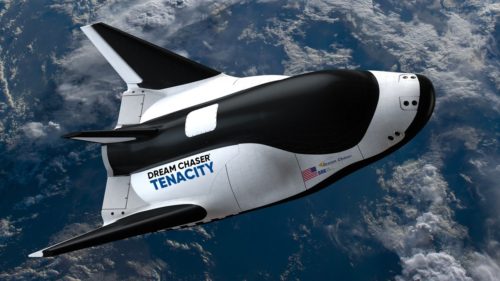
Sierra Nevada Corp. (SNC) has formally named its Dream Chaser spacecraft system as “Tenacity”. Image Credit: SNC
Bad luck, it is said, follows on the heels of a ship with no name. And Sierra Nevada Corp. (SNC) has finally dispelled the specter of misfortune by officially naming its Dream Chaser vehicle as “Tenacity”. The spacecraft—which bears more than a passing resemblance to a scaled-down version of the now-retired Space Shuttle—was selected by NASA in January 2016 for the second-round Commercial Resupply Services (CRS2) contract to regularly restock the International Space Station (ISS).
“Tenacity is in SNC’s DNA,” said company president Eren Ozmen. “Every critical moment in SNC’s history of innovation has called for tenacity in overcoming challenges in order to support and protect explorers and heroes. As the nation faces this current challenge, we want this vehicle to be a beacon of hope that American ingenuity, and tenacity, will bring brighter days ahead.”
And the name tenacity is indeed an apt one, for Dream Chaser’s journey from the drawing-board to real spacefaring hardware has been a tough and convoluted one. In development for almost two decades, having been publicly announced in September 2004, it was envisaged that the spacecraft would play a role in the Commercial Crew Program.
SNC originally proposed Dream Chaser to NASA’s Commercial Crew Development (CCDev) program and in August 2012 received $212.5 million to continue work on the spacecraft under the Commercial Crew integrated Capability (CCiCap), with hopes that it would launch atop a United Launch Alliance (ULA) Atlas V booster and deliver up to seven astronauts to the ISS. As circumstances transpired, Dream Chaser lost out to Boeing’s CST-100 Starliner and SpaceX’s Crew Dragon in September 2014 for the next-round Commercial Crew transportation Capability (CCtCap), a decision against which SNC mounted an ultimately unsuccessful challenge.
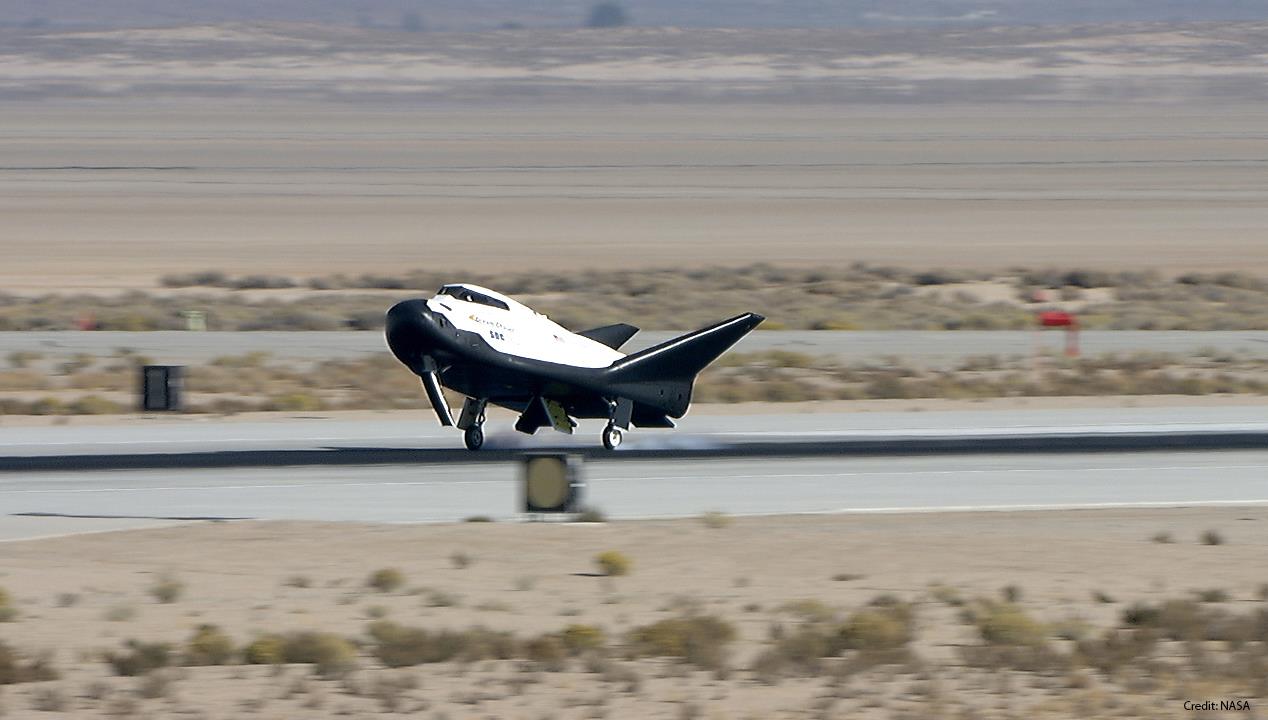
However, in March 2015 SNC reinvented its ship as the Dream Chaser Cargo System to resupply the ISS in an uncrewed capacity and in January of the following year it was selected alongside SpaceX and Orbital ATK as winners of the CRS2 contract. Under the terms of the contract, SNC would fly at least six Dream Chaser missions between 2019 and 2024. Although physically identical to the crewed variant, it would feature an innovative and versatile foldable wing structure, enabling it to launch inside the payload fairing of both the Atlas V and other vehicles, including Europe’s Ariane 5.
SNC also revealed that Dream Chaser would be capable of transporting around 12,000 pounds (5,500 kg) of payloads, equipment and supplies to successive ISS expedition crews and returning to a gentle runway touchdown on the Shuttle Landing Facility (SLF) at the Kennedy Space Center (KSC) in Florida. As such, Dream Chaser promises to become the world’s only non-capsule commercial spacecraft. In July 2017, SNC selected ULA to launch its first two Dream Chaser cargo missions in 2020 and 2021 atop Atlas V boosters.
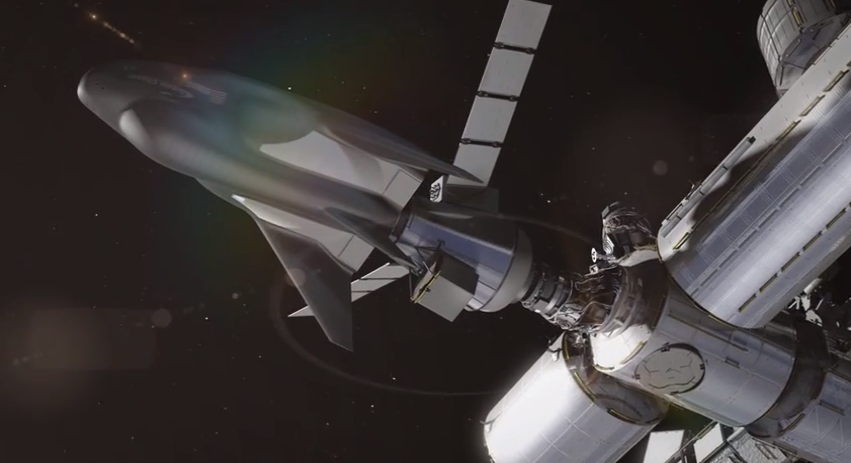
Original plans called for the use of the “552” version of the Atlas V—equipped with a 16-foot-diameter (5-meter) payload fairing, five strap-on solid-fueled rockets and a Dual-Engine Centaur (DEC) upper stage—but in August 2019 it was announced that Dream Chaser would instead fly atop the as-yet-unflown Vulcan-Centaur, which is targeted to make its maiden flight next year. Current plans call for the first Dream Chaser to ride Vulcan-Centaur’s second certification mission at some point in the fall of 2021.
Both wings for Tenacity arrived last month at the company’s Louisville, Colorado production facility, kicking off the much-anticipated integration phase of a beautiful and critical differentiator for Dream Chaser, the world’s only spaceplane owned by a private company and under contract with NASA.
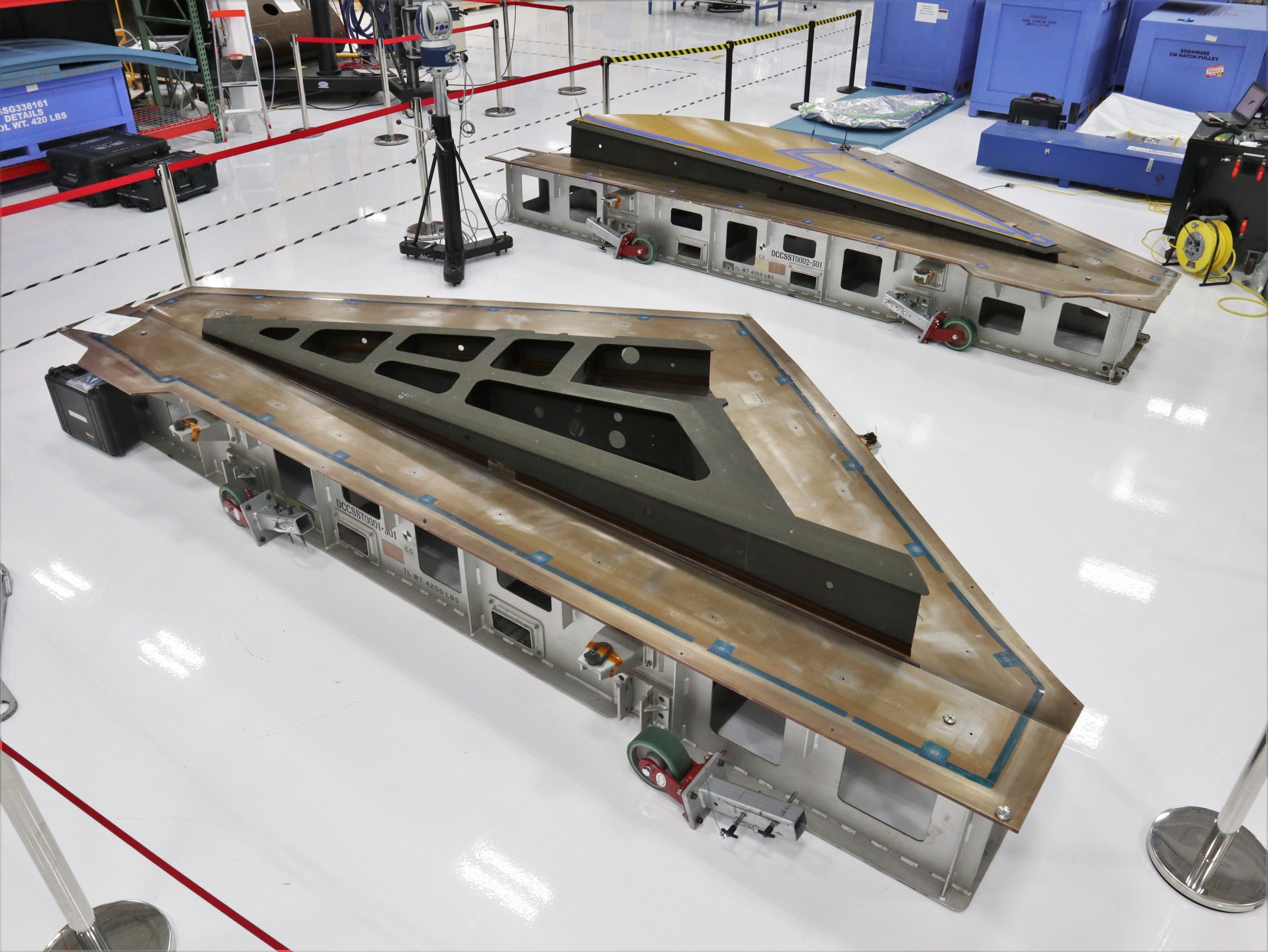
“The wings are here and now we truly have butterflies in anticipation of this integration phase for Dream Chaser,” said SNC President Eren Ozmen. “Our spaceplane looks and functions unlike anything else in space – more technologically advanced but with all the heritage of the space shuttle program in its design. Dream Chaser’s first flight will be a soaring moment for all of us.”
Each wing is more than 13 feet long and the vehicle is 30 feet long. Unlike typical airplane wings, Dream Chaser wings aren’t fixed. During launch, the wings are stowed in the fairing & deploy on-orbit.
The arrival kicks off the integration of the complex Wing Deployment System (WDS) as part of the continued assembly and integration of the vehicle. With their innovative folding design, the wings are stowed in the fairing ahead of launch. After the launch vehicle separates, the WDS deploys the wings and locks them into place. Dream Chaser’s steeply angled wings function as stabilizers for the lift generated by the body of the vehicle.
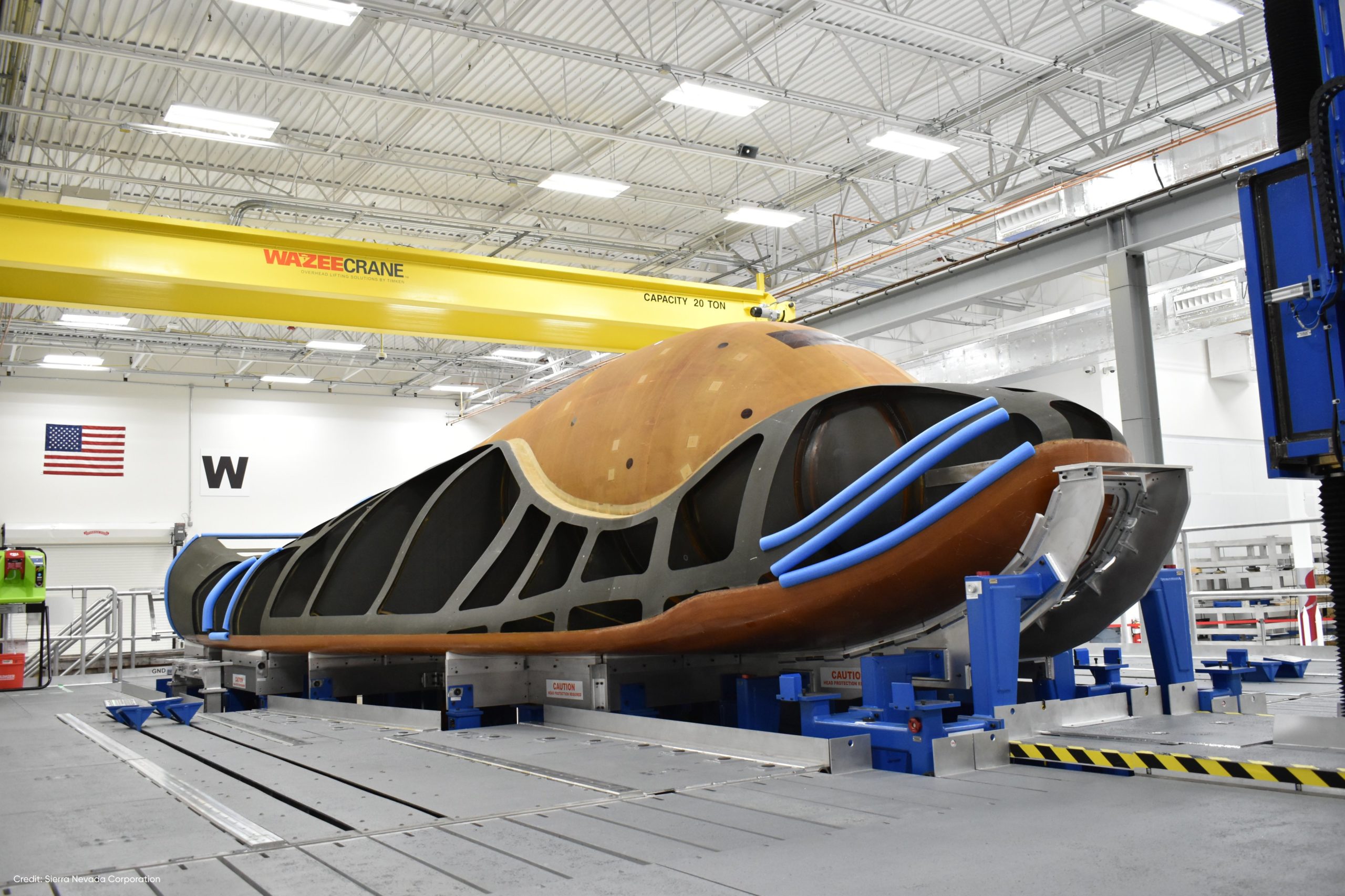
“The wings for Dream Chaser presented an interesting design challenge,” said Dream Chaser program director John Curry. “Not only must they survive in low-Earth orbit like a satellite, but they need to be operational in Earth’s atmosphere, like an aircraft.” Just like the structural body for Dream Chaser, the wings were manufactured by Lockheed Martin in Texas, a subcontractor to SNC, and are single bonded composite structures. This state-of-the-art technology saves weight without compromising strength and stiffness.
“Dream Chaser is a story of grit and tenacity on the part of SNC’s team,” said John Curry, SNC program director for Dream Chaser. “NASA’s vision and ours for a next-gen space shuttle with a gentle runway landing has weathered tough economic and budget resources and competing visions. The team and engineers working on Dream Chaser have believed in its superior design, knowing tenacity would lead to Dream Chaser flying in space and returning humans and science back to Earth safely.”
.
.
FOLLOW AmericaSpace on Facebook and Twitter!
.
.




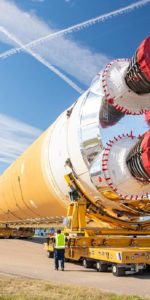
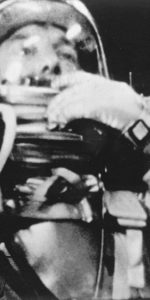
Tenacity also resembles the Soviet/Russian “Bor” test vehicles.
Unfortunately I do not believe Dreamchaser will fit into the smaller SpaceX fairing so is restricted to ULA as the launch provider. I believe that NASA originally got information about the Soviet planned Bor and began developing and wind tunnel testing something similar. The private sector dream chaser latter took advantage of that research so Tom Vasiloff is right, it does resemble the Bor test vehicle.